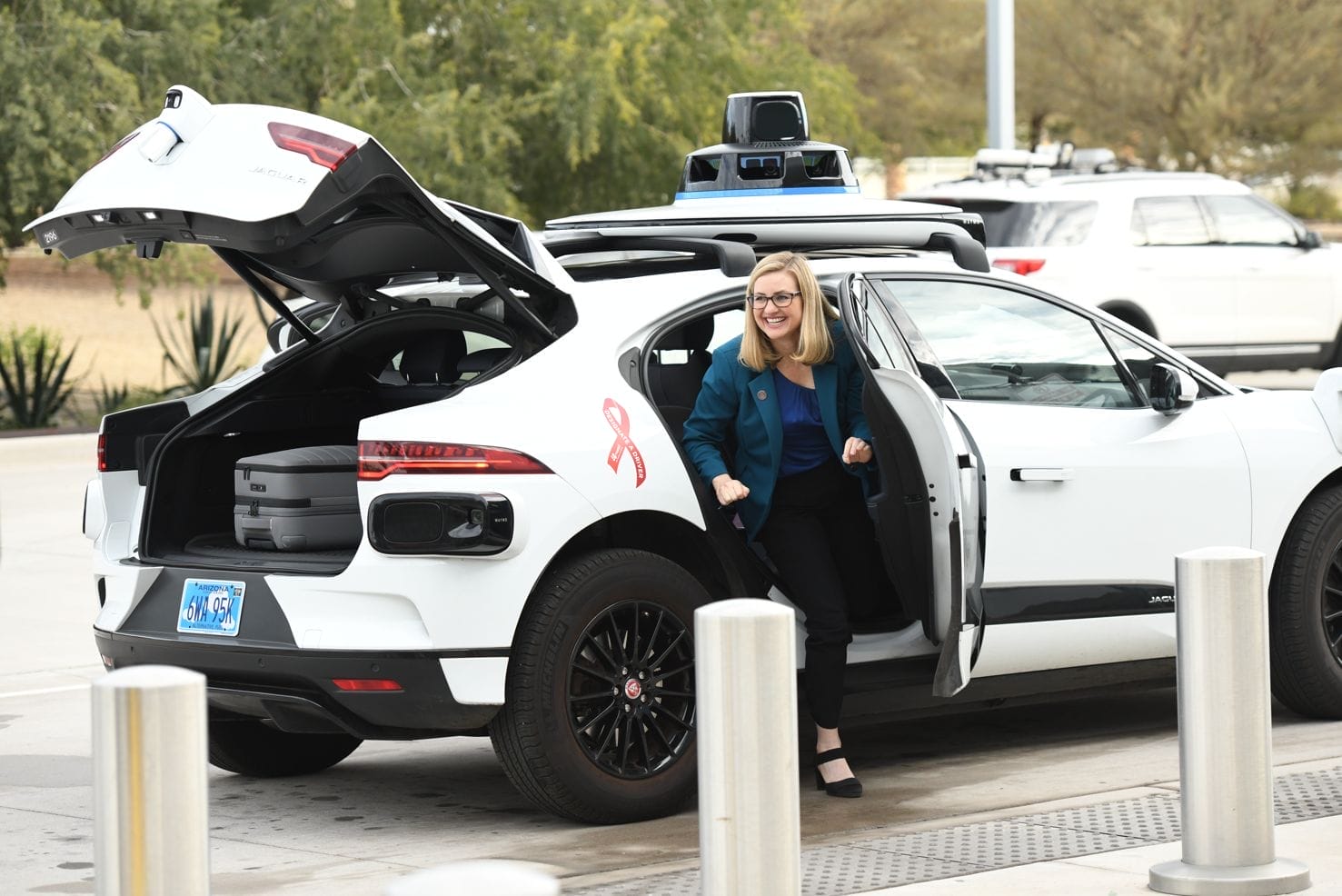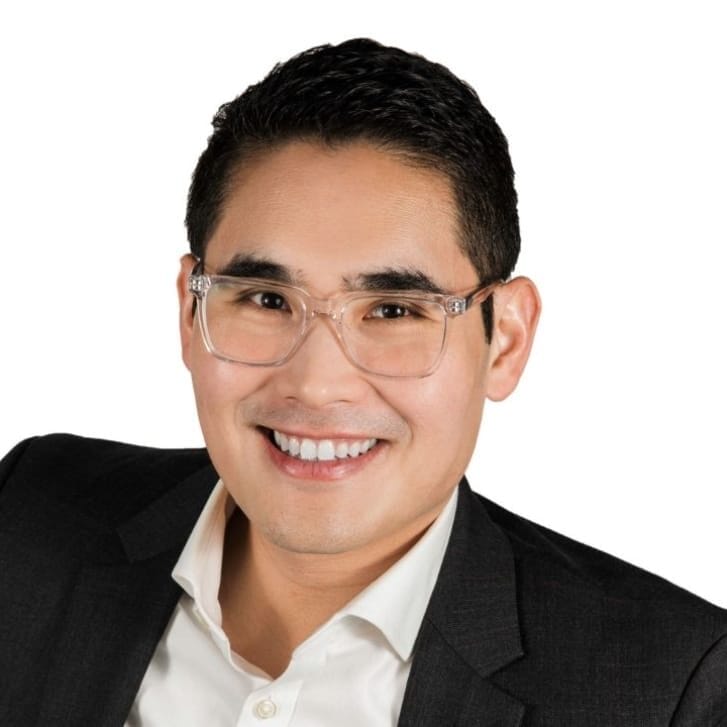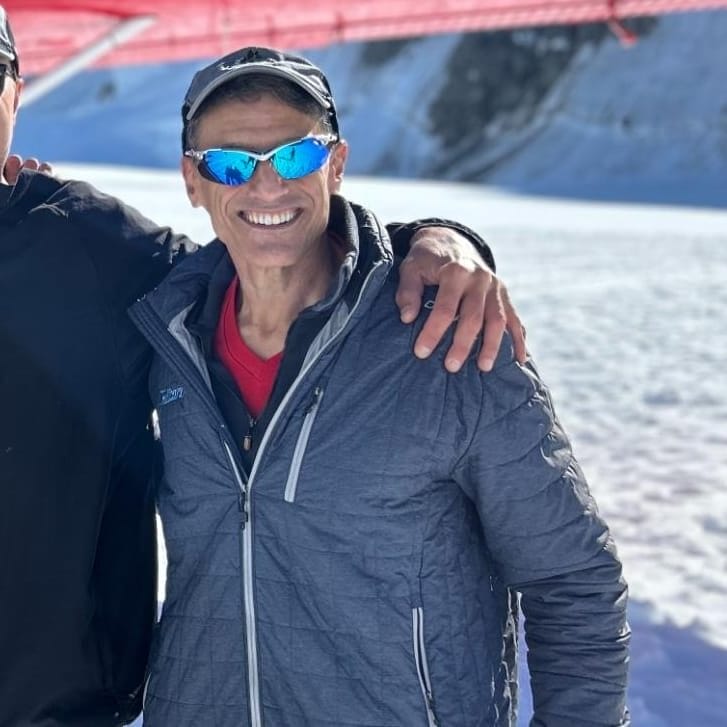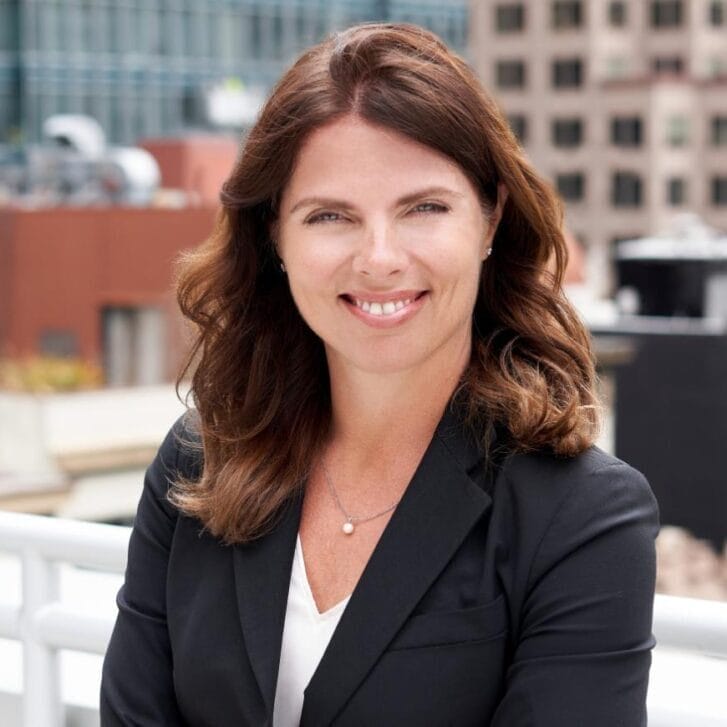When the Philadelphia Eagles and Kansas City Chiefs face off this Sunday in Super Bowl LVII, they’ll do so on the outskirts of Phoenix in State Farm Stadium. The game marks the fourth time the area has hosted the Super Bowl since 1996. In 2015, the event brought roughly 121,000 visitors and about $720 million in economic activity to the area. An event of this size is an immense undertaking by itself, but beyond the game, Phoenix Mayor Kate Gallego WG12 sees the spotlight as a chance to show visitors — and viewers — what Phoenix is all about.
“We’re very excited about the opportunity from the direct-spending perspective, but also to tell our story,” said Gallego, who, as Phoenix’s 62nd mayor, is only the second woman elected to the position in city history. She spoke with Wharton Magazine about the game’s significance for the region and other major happenings, including how an enormous investment is transforming the area and how she is combating heat in what is one of the nation’s hottest cities.
Wharton Magazine: What economic impact do you expect this Super Bowl will have on the Phoenix area?
Kate Gallego: This year should be significantly greater than 2015. We hope it’s a chance to introduce our region to so much more of the world. The game is broadcast in 170 countries, and we should see more than 5,000 credentialed members of the media. For us, it’s a chance to introduce Phoenix to people who don’t know us well.
We’ve had big economic news in recent months: The President of the United States and Tim Cook, Apple’s CEO, came to Phoenix in December to announce that the brains of the iPhone will be made here. We’ve also dramatically changed our downtown, with more restaurants open than before COVID-19, 80 percent of which are local and unique to Phoenix. We hope to highlight that hospitality experience through events like Taste of the NFL. And we are working to make sure that businesses that want to grow know about the opportunities in Phoenix.
WM: What are some other things you’ll highlight about Phoenix this week that people might not know?
KG: We’re hoping to showcase that we’re very forward-thinking on technology. We like to say that the future is Phoenix. We’ll be the first Super Bowl host city with autonomous electric vehicles playing such a major role, supported by our autonomous-vehicle sponsor, Waymo, and our electric-vehicle sponsor, ElectraMeccanica. Phoenix Sky Harbor Airport is the first airport in the world to have Waymo’s autonomous electric vehicles servicing it.

Mayor Gallego arrives outside Phoenix Sky Harbor Airport on December 16 in a Waymo self-driving car. Super Bowl visitors will be able to take Waymo rides to and from the airport.
We’ll also share that we are leading in areas like advanced traffic signals and climate-forward buildings — that we’re a city that’s willing to take risks and innovate. At the same time, we want to honor our history. Many of the big parties will take place in historic Phoenix buildings. We will do a lot of storytelling, particularly in our downtown.
We’re also going to showcase our commitment to sustainability. We are hoping to have the highest waste diversion of any Super Bowl event. We’ve invested in advanced composting to make sure that we can take advantage of any food waste that’s not used. We’re continuing to invest in renewable energy to power the game as well. It’s no surprise that, in Arizona, solar plays a prominent role, and we’ve invested in solar at a lot of our downtown buildings, including the Phoenix Convention Center, which is hosting the Super Bowl Experience.
WM: On another note, what are some of the most difficult aspects of being a Super Bowl host city?
KG: Our team starts preparing the second we’re selected as the host community. We work very closely with all of our neighboring jurisdictions, because there are events in multiple cities and tribal communities. We expect to hit the all-time record air travel on the day after the Super Bowl for the airport. We partner with our local transit agency to operate the bus and light rail system. We expect that to hit its all-time record the day before the Super Bowl. And the greater Phoenix area is not just hosting the Super Bowl at this time; we also have the widely attended WM Phoenix Open golf tournament. A lot of hard work goes into keeping everyone safe and the logistics solid.
WM: You had mentioned opportunities to showcase the city’s commitment to sustainability. I want to talk a bit about your climate-mitigation efforts, because I know that’s something you’ve been spearheading in office.
KG: It’s a real priority for me. My undergraduate degree is an environmental degree, and my early involvement with the city was around our solar energy programs. Addressing climate change is key to Phoenix’s success, and we are focusing on being an area of real innovation in the climate-technology space. We have more solar installed on city facilities than any other city in the U.S. And we have more acres of parks than any other city, which really helps us adapt to our desert environment.
We also have a large cool-pavement program where we put a lighter colored coating on the pavement so that it does not absorb as much heat. Arizona State University has found that it can be 10 degrees cooler. We work with our university partners to incubate businesses around the climate space, from advanced building technologies to vehicles. Phoenix is the first city in the United States to have an Office of Heat Response and Mitigation as part of our permanent form of government that brings together innovations in areas like building technology and the cool-pavement program.
I do a lot of work globally on climate change as well. There’s a group called C40 with mayors from all over the world who work on climate change. I am the vice chair of that organization from the United States. We get ideas from everywhere. For example, we now are investing in having local residents lead tree planting, which is a program I got from Mayor Yvonne Aki-Sawyerr of Freetown, Sierra Leone.
WM: In other news for the city, $40 billion is being invested to construct new chip-manufacturing plants in Phoenix, in part to power the iPhone as you said earlier. How will that investment impact the city?
KG: TSMC is a manufacturer of advanced semiconductor chips, and they’ve made a commitment to do so in Phoenix. They announced a $12-billion investment in 2020 at the height of COVID-19. It was our largest economic announcement in city history, and then, in December, they announced they were more than tripling their investment. It’s an incredible commitment that’s changing our city. They’re in a major construction phase now. We think they will reach 19,000 construction employees — very high-wage jobs that are great careers.
We are also seeing the land-use patterns change all around TSMC. Phoenix is blessed that we had open space where they could create a supplier campus. The private sector is also stepping up nearby for more housing opportunities, and our school districts are investing. It’s really changing the land use and the economic future of our city. We are investing through our bond program and making sure we, in partnership with Arizona State University, can continue to innovate and capture even more benefits from what TSMC is doing. When the work is complete, there’ll be 4,500 permanent jobs at TSMC, and many of their suppliers have already committed to come to our community. We’re really proud to be one of the international hotspots in this area.


























